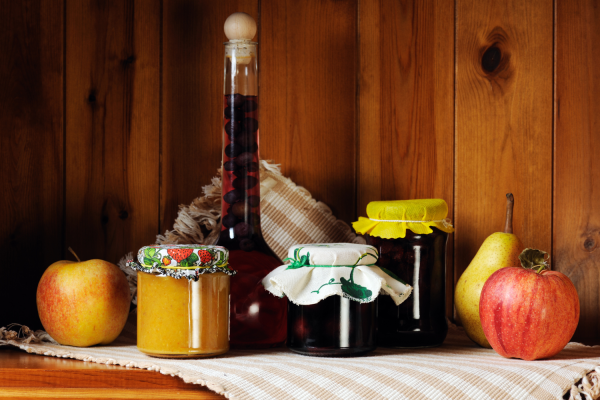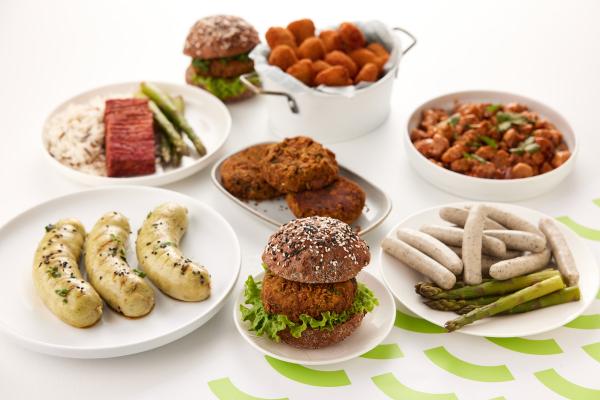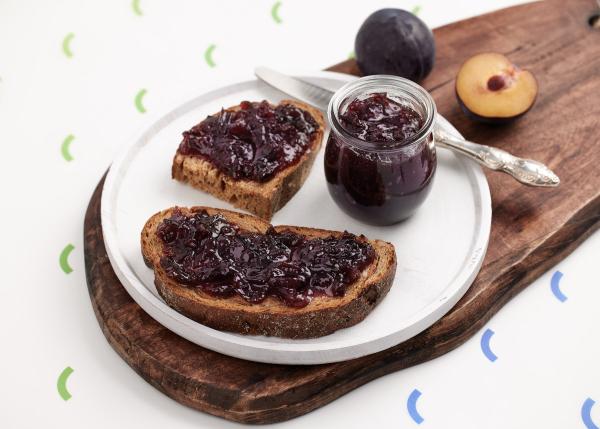
It is no secret that the way fruits and vegetables are stored plays a crucial role in preserving their quality, taste, and nutritional value. That is why understanding the right methods for storing fresh food (in fridges as well as containers) can not only make all the difference, but also help you cut costs by eliminating the need to repurchase items every few days. Proper food storage not only helps preserve taste and nutrition but also reduces food waste, which is a big concern nowadays.
In this article, we will see the best practices to store fresh food, whether you’re trying to preserve the sweet taste of apples or ensure your broccoli stays crisp.
Let’s open with the key factors that allow your produce to stay fresh:
- Temperature,
- Moisture control,
- Product separation.
As a matter of fact, fruits and vegetables should always be stored separately in the fridge. This is due to the fact that some fruits such as apples and pears release ethylene gas, which can accelerate the ripening process of nearby vegetables like broccoli, carrots, and lettuce, causing them to spoil prematurely.
- When it comes to leafy vegetables like cabbage, spinach, or lettuce, the proper way of storing them can be improved by following these steps:
- Trim off any wilting leaves,
- Use paper towels to absorb excess moisture,
- Wrap the veggies in paper,
- Place them in a bag or container,
- Place in a cool environment with a bit of ventilation.
Similarly, other vegetables like onions and carrots can reap the benefits of this approach, under the condition that they are stored in a dry, cool spot (fridge or storage area).
The Importance of Cleanliness in Food Storage
The initial step of the storing process is the most important one: proper cleaning and drying before storing. That is because an excess of moisture can promote the growth of bacteria and mold, resulting in fresh produce spoiling faster. Therefore, cleaning and drying off the fruits and vegetables then storing them in containers or bags before placing them in the fridge is how you’re halfway through a successful storing process.
For leafy greens, wash them right before use to avoid moisture buildup during storage that can encourage spoilage. However, fruits like apples should be rinsed briefly before storing, while many vegetables like carrots or cucumbers can be stored without washing.
Temperature Guidelines for Storing Fresh Food
Once your fruits and vegetables made it to the bags or containers they’re supposed to be in, understanding the right temperature for storing is the second mandatory step. Delicate produce like leafy greens, broccoli, or berries should be stored in the fridge to maintain their freshness. Leafy greens like spinach and lettuce should ideally be stored in the fridge at temperatures between 1°C-4°C (34°F-40°F ) to keep them crisp, while berries thrive best around 0°C-2°C (32°F-36°F).
As apples, pears, and other fruits continue ripening after picking, storing them in the fridge and monitoring them closely can prevent them from overripening too quickly. In the case of vegetables like onions, garlic, or potatoes, these should be kept on the counter or in a dry place at room temperature, away from direct sun exposure, otherwise they would face premature sprouting or spoilage. Root vegetables like carrots should ideally be stored in the range of 7°C-10°C (45°F-50°F ). Moreover, these vegetables should be kept in breathable paper bags or ventilated containers instead of plastic bags to allow air circulation and avoid their quick spoilage. Products like tomatoes should be kept at room temperature to maintain their flavor. However, once ripe, they can be moved to the fridge to extend shelf-life but may lose some of their flavor. The label on your product can also be an indicator of specific temperature recommendations if you’re unsure about the optimal storing temperature.
How to Extend the Shelf-Life of Fresh Produce
- Extending the shelf-life of fresh food lies in proper storage conditions. Consider these pointers:
- Separating fruits from vegetables to prevent ripening by ethylene gas
- Storing fruits in the fridge to keep them fresh for longer
- Storing vegetables in paper to maintain crispness and reduce spoilage
- Using bags or containers allowing air circulation to reduce excess moisture buildup
- Trimming any damaged or wilting parts of produce before storing to prevent it from affecting the rest.
By following these guidelines, you can ensure your fruits, veggies, and other produce remain fresh and safe to eat for longer periods.
It is important to note that storage tips can impact not just freshness, but the preservation of nutrients. For example, freezing helps lock in vitamins and minerals, preventing their degradation over time. When storing vitamin-rich produce like spinach and broccoli, freezing them quickly after purchase can help preserve essential nutrients.
In conclusion, minimizing waste, extending shelf-life, and enjoying fresh and flavorful produce for longer are three of the main motives behind correctly storing your fresh produce. Paying attention to separation, temperature, moisture, cleanliness, and air circulation can make a world of difference.
By following these easy yet effective storage tips, you can significantly extend the shelf-life of your product, reduce waste, and enjoy fresh, nutritious fruits and vegetables for longer. Give it a try today and see the difference it makes!

Still have questions?
Can’t find the answer you’re looking for?
Contact us for expert advice and support!





